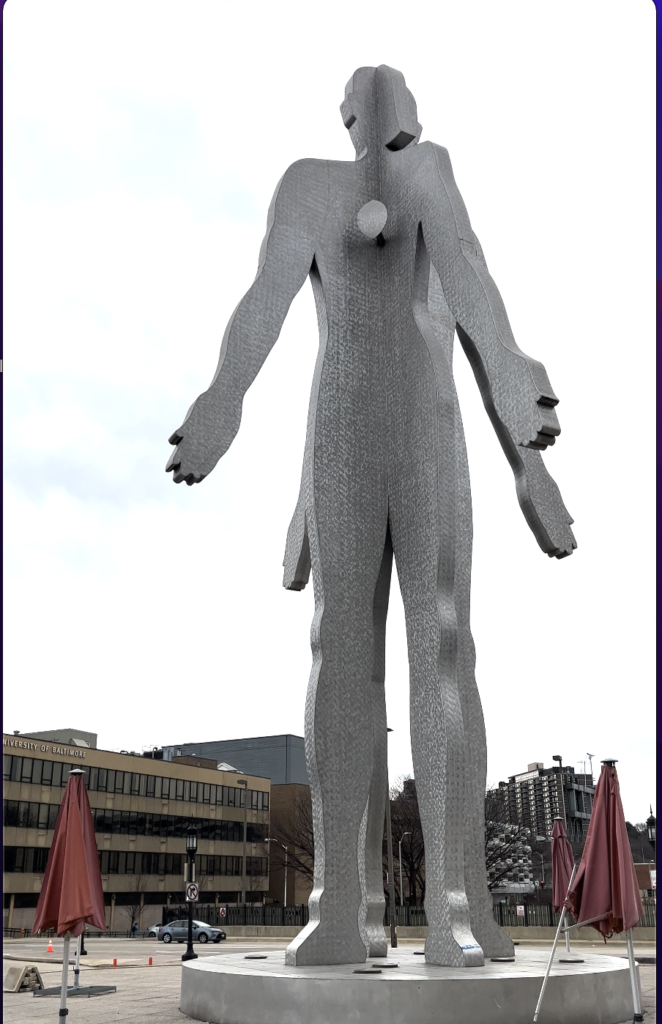
Penn Station-Baltimore, North Charles Street, Baltimore, MD, USA
Submitted by:
Sudip Regmi
What type of leadership is present in the community?
Community
How is this art specifically seen in the community?
Art may help people communicate more effectively and reduce feelings of loneliness. Self-esteem, confidence, and self-awareness have all been demonstrated to improve with this form of treatment. A few art therapists started thinking about how art therapy may be done in communities in the late 1990s. In this paradigm, art might serve communities rather than simply people who met in a common area to create personal work. As art therapists began collaborating with community workers, they used their creativity to bring positive changes to communities and neighborhoods (Malchiodi, 2007).
Bourdieu (1984) defined cultural value as symbolic capital. He felt that cultural worth is authoritatively embodied in objects or indications of cultural creation.
When housing buildings and their people are ignored as cultural icons, it is easy to presume that those who live there are worthless.
Mosaics were another type of art that was put in the housing project to combat the impacts of being neglected.
Babushka wants his work to let others know that we have cultural contributions. The Babushka project was regularly featured on council flyers promoting children’s and family services, on government postcards promoting community events, and on many magazine covers and fanzines. This community art initiative attempted to express the inhabitants’ concerns and aspirations in order to change the public’s perspective of a marginalized group. That film gave a collective voice to a previously unheard community.
Jonathan Borofsky’s Male/Female is a 15.5-meter (51-foot) tall hollow stainless-steel sculpture near the entrance to Pennsylvania Station in Baltimore, Maryland. With pulsating light-emitting diode light, it shows overlapping enormous masculine and female shapes.
How do you think the art has made meaning in the community?
Male/Female is made of metal and comprises of two figures that intersect at a 90-degree angle, like oversized cut-out dolls. The sculpture looks to be a man body from one angle. It looks to be a female shape from another angle. When seen from a different perspective, the silhouettes seem to be merging – part man, part woman.
They are mental representations that represent the idea of a person, a character, or the presenter of a political or social ideal since they are imagined rather than actual. It’s referred to as “freedom” in Germany and “humanity” in Baltimore. The figures, on the other hand, are invariably some components of Borofsky himself, larger than life, standing, acting, and eventually directing us through his own ideas and imagined actions. As such, the first objective was to connect neighbors through art making as a way of establishing relationships rather than allowing the community to be defined as a static collection of buildings (Elmendorf, 2010).

